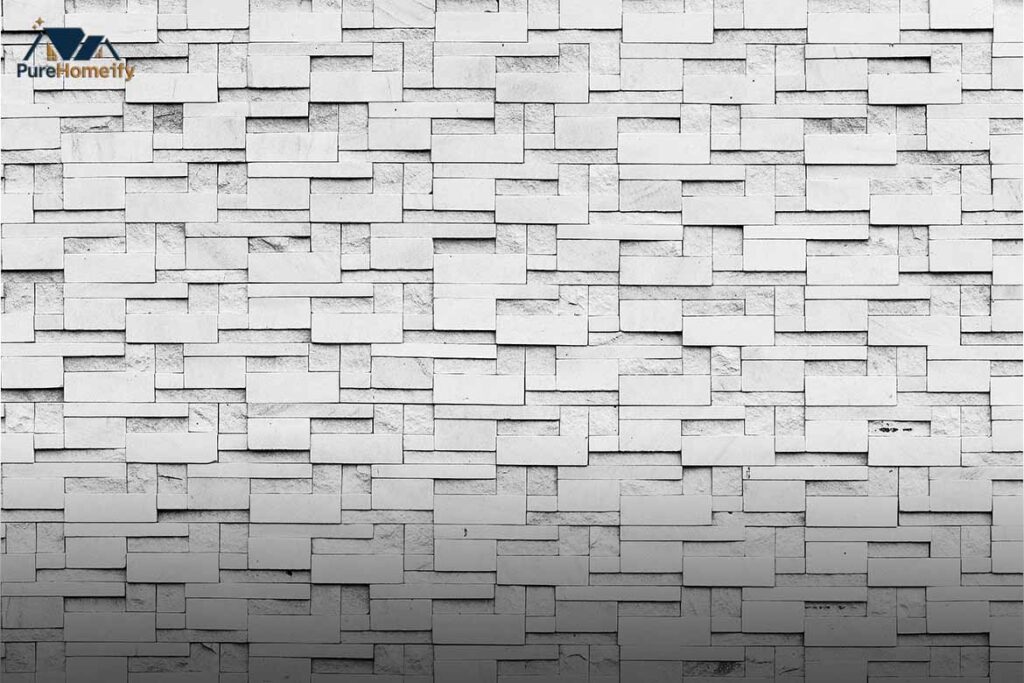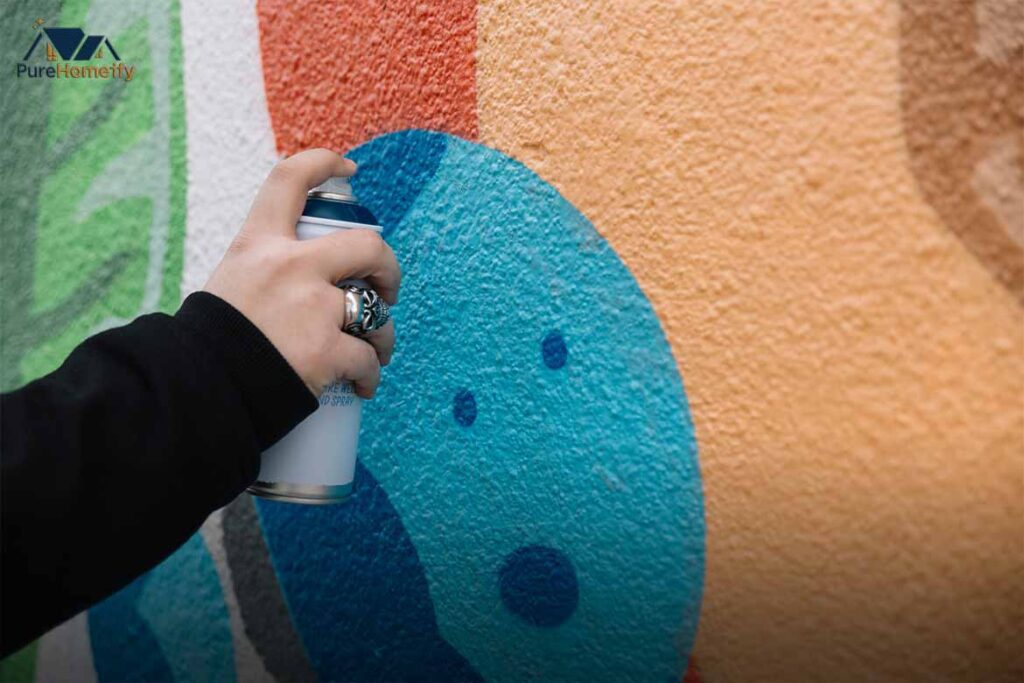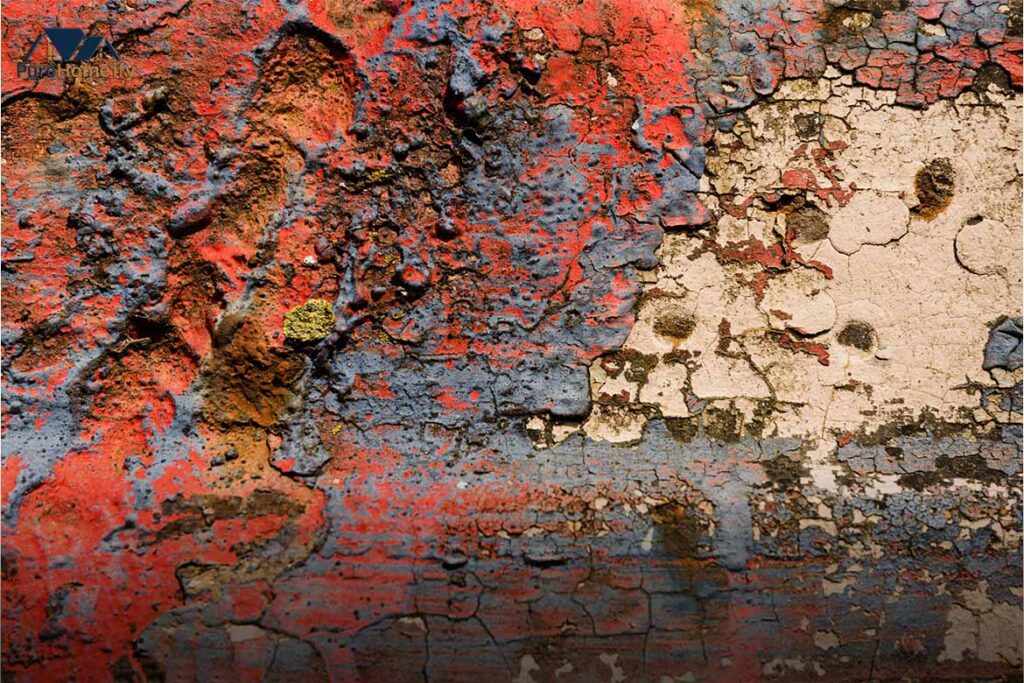Walls aren’t just plain surfaces; they’re the backdrop of your entire home. By exploring different interior wall texture types, you can transform simple spaces into rooms full of depth and style. Whether you prefer a subtle orange peel wall texture or a bold knockdown texture, the right choice can change both mood and design. Many homeowners in the USA also experiment with popcorn ceiling texture for sound control or a timeless swirl wall texture for elegance. Designers love the creativity of slap brush texture and the charm of skip trowel texture, each offering unique character. With texture, your walls tell a story.
Classic Wall Texture Styles for Interiors
Popular interior wall textures from the mid-20th century still shape American homes. Styles like popcorn ceiling texture, orange peel wall texture method, and sand swirl texture were favorites because they hid flaws and added personality.
These rustic wall textures vs modern textures can still be found in many USA homes today. Homeowners who love retro vibes often keep them, while others refresh them with modern paints or lighting. Each classic design brings its own nostalgic charm.
Popcorn and Orange-Peel Textures
The popcorn ceiling texture was once the star of American living rooms because it reduced noise and covered uneven drywall. However, it is less popular now due to cleaning challenges.
The orange peel wall texture method is softer and smoother. It mimics the skin of an orange and remains a favorite for its easy maintenance and subtle elegance.
Modern Wall Texture Ideas for Contemporary Homes

Today’s homes embrace sleek and stylish Interior Wall Texture finishes. Options like skip trowel texture, lace designs, and venetian plaster bring a clean, modern look. They’re often combined with unique lighting to enhance shadows and depth.
Newer materials such as terrazzo Granitech wall finish have also become popular in upscale spaces. Unlike rustic patterns, these modern designs emphasize sophistication. If you’re considering contemporary wall texture design ideas, these finishes make any room stand out while keeping maintenance simple.
Venetian Plaster and Skip Trowel
Venetian plaster adds a polished, marble-like finish that reflects light beautifully. It’s a luxury option often seen in upscale American kitchens and dining rooms.
The skip trowel texture gives a hand-crafted feel. Its random, uneven finish fits well with textured accent wall ideas in modern rustic or farmhouse homes.
Hand-Applied Wall Texture Methods
Hand-applied techniques remain one of the most creative ways to achieve Interior Wall Texture. Using a drywall knife, texture roller, or brush, you can create custom patterns such as rosebud or stomp effects. Each design reflects personal craftsmanship, making every wall unique.
These hand-applied wall texture methods are also versatile. For example, rustic wall texture design can suit cabins or country homes, while refined lace finishes pair perfectly with formal spaces. The key lies in experimenting with pressure, strokes, and layering.
Spray-On Wall Texture Techniques

For fast and even results, many USA homeowners prefer spray-on texture techniques. Using a texture sprayer, you can apply styles like orange peel wall texture, popcorn ceiling texture, or sand spray efficiently.
Spray textures are cost-effective and perfect for covering large areas. They are popular in rentals, basements, and ceilings where speed matters more than intricate design.
Choosing the Right Texture for Each Room
The key to success is picking textures that fit the room’s purpose. Bedrooms benefit from softer textures like swirl wall texture, while high-traffic hallways need durable finishes like knockdown texture.
Bathrooms and kitchens often use smoother textures combined with textured paint for walls because they’re easier to clean. A ceiling-to-wall texture integration also helps create flow in open-plan homes.
Textures for Bedrooms vs. Kitchens
Bedrooms look great with calming designs like orange peel wall texture or sand swirl texture. These create warmth without being too bold.
Kitchens, however, need practical textures. Skip trowel texture and venetian plaster resist moisture and pair well with modern cabinets.
Color and Stencil Effects on Wall Textures

Adding color and stencils can make wall texture design ideas even more striking. A bold red swirl wall texture becomes a centerpiece, while soft gray stencils over comb wall texture create elegance.
Types of textures in art often inspire stencil designs. USA designers are experimenting with textured paint for walls mixed with metallic stencils to create dramatic focal points.
Tools and Materials Needed for Wall Texturing
Every texture needs the right tools. A drywall knife, texture roller, and texture sprayer are essential. Choosing the best drywall compound for texture makes application smoother and results more durable.
DIYers often start with basic rollers and brushes, while professionals invest in spray machines and specialty trowels. Either way, proper tools make all the difference.
Maintenance and Repair of Textured Walls
Even the best interior wall texture types need care. Dusting, gentle cleaning, and repainting extend their life. For older styles like popcorn ceiling texture, deeper cleaning may be required.
When damage happens, the biggest challenge is matching texture after patching. Use the same drywall compound and tools as the original design. Learning how to repair textured walls ensures a seamless finish.
Future Trends in Interior Wall Textures
The future of interior wall texture types in USA homes is bold yet minimal. Eco-friendly textured paint for walls and materials like terrazzo Granitech wall finish are gaining popularity.
Designers predict more ceiling-to-wall texture integration and hybrid styles that combine types of texture paint for walls with natural finishes. These innovative methods are changing the role of texture in home design.
Conclusion: Transforming USA Homes with Interior Wall Textures
In USA homes, walls are not just boundaries; they’re design statements. Choosing the right drywall texture can hide flaws, create depth, and elevate a room’s look. From 20 different types of textures to modern venetian plaster finishes, the choices are endless.
As one designer noted, “Texture is the soul of walls—it tells stories that paint alone never could.” Whether you prefer rustic wall textures vs modern textures, each style is a step toward creating a home that reflects you.
FAQs
What are the most popular interior wall texture types?
Orange peel, knockdown, skip trowel, and popcorn are the most common and versatile options.
Which wall texture is easiest for beginners?
Orange peel texture is the easiest because it can be applied with a sprayer and requires minimal skill.
How do I choose the right texture for my room?
Consider the room’s purpose, lighting, and style—subtle textures suit bedrooms, bold ones fit living rooms.
Can textured walls be painted easily?
Yes, but it requires more paint and proper priming to ensure even coverage.
What is the cost to texture walls?
On average, professional texturing costs $1–$3 per square foot, depending on style and complexity.

